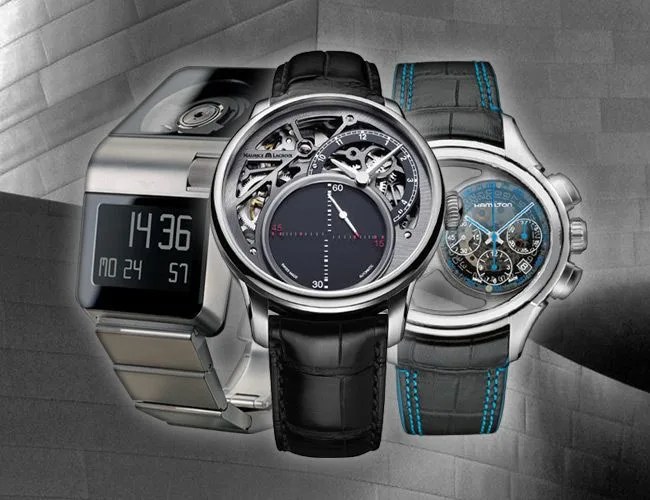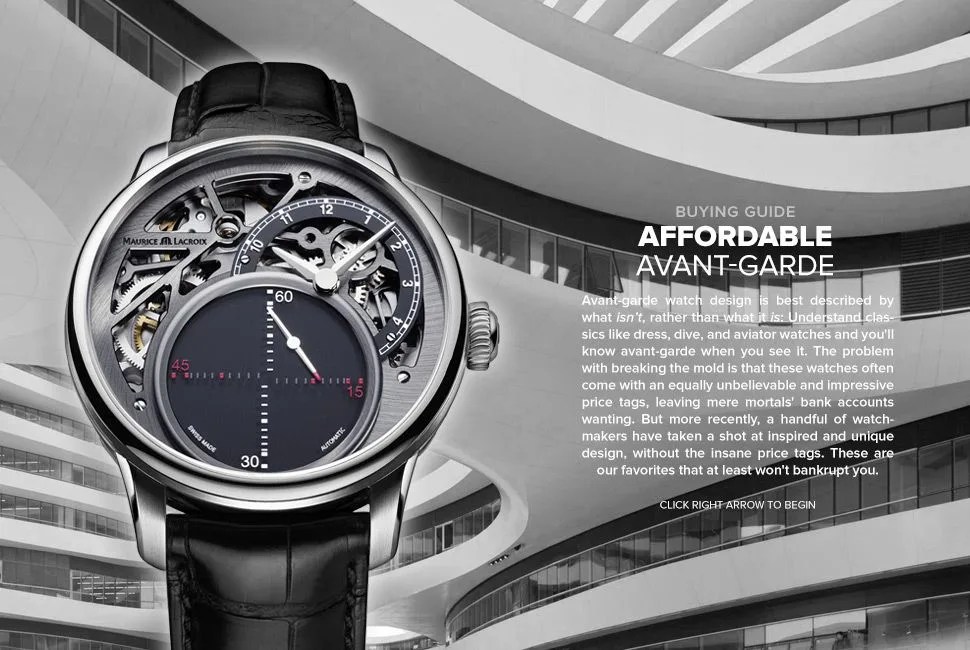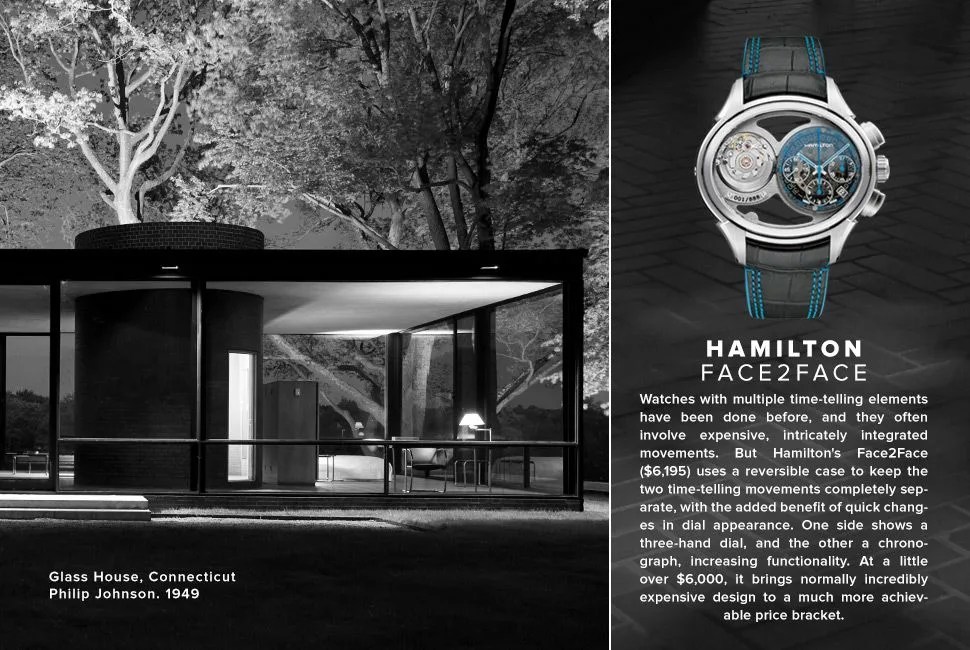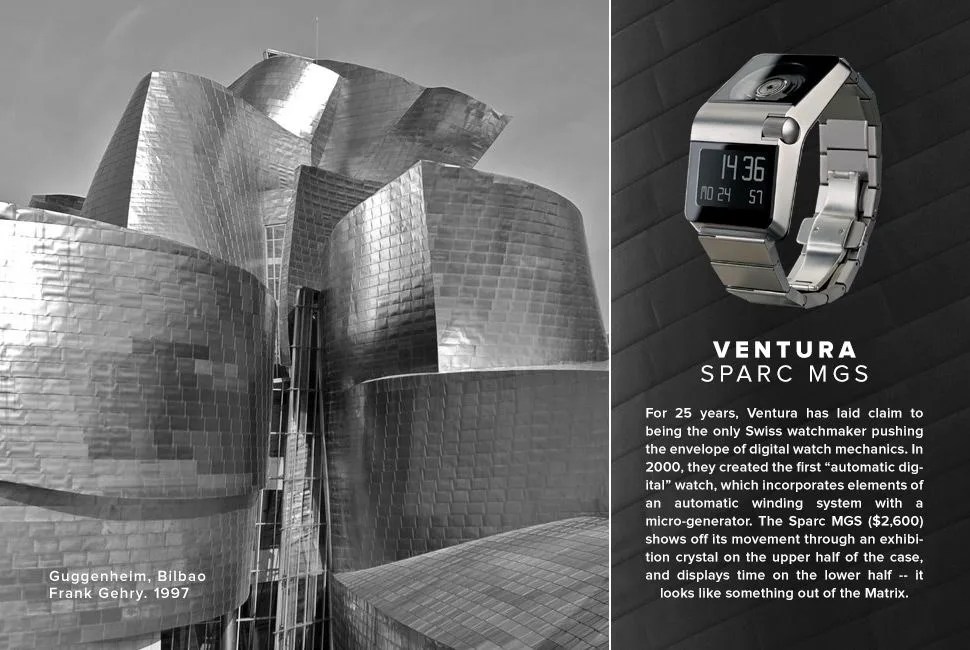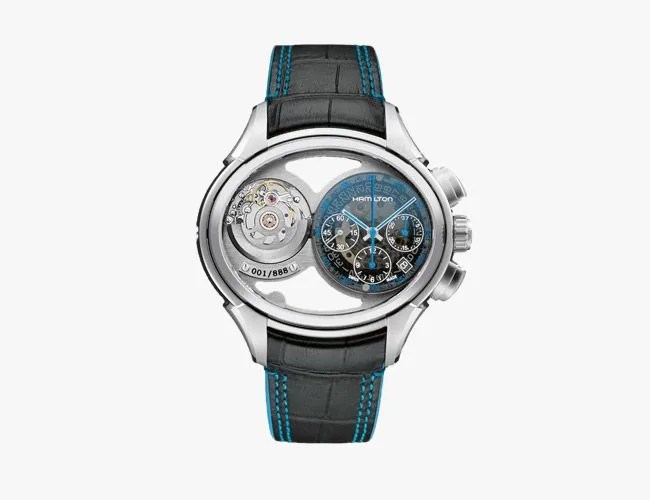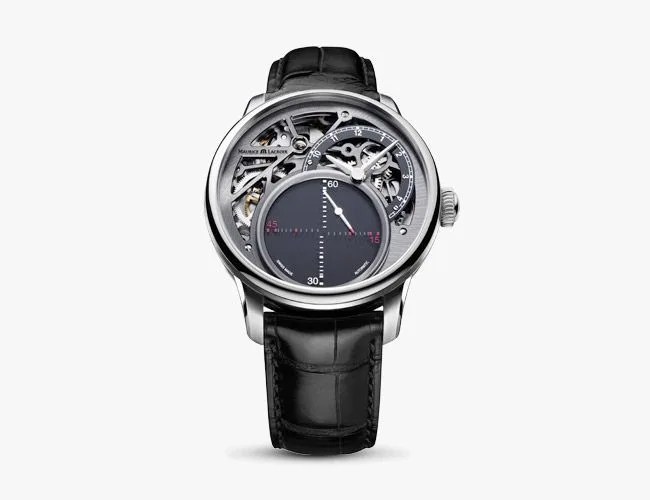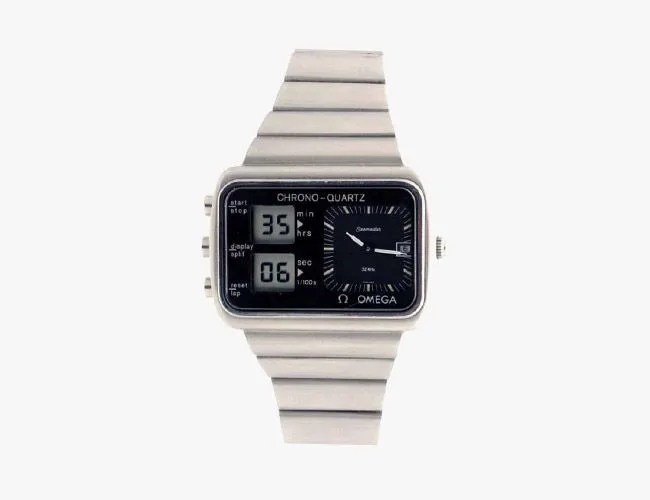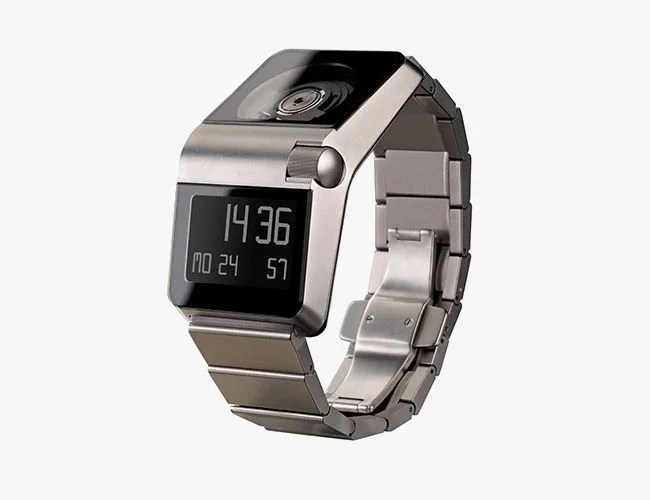6 photos
Watchmaking, especially by those who are very into watches, can quite reasonably be considered on level with high art. Taking one look at the movements of A. Lange und Söhne or Patek Philippe chronographs, or just about any F.P. Journe, and the art label makes a lot of sense.
But what about the rest of the watch? Well, more obvious attempts at art, in the vein of avant-garde design, have been trending over the last few years. In terms of watches, avant-garde design is probably best described by what it isn’t, rather than what it is. If you have any familiarity with classic watch design, the Submariner, Patek Philippe dress watches, or a Stowa Flieger, you have a handle on what avante-garde design is not. There may have been a time when the Submariner was groundbreaking in its design, but by today’s standards, the design is commonplace.
It’s emerging brands like MB&F, Urwerk, and De Bethune who’ve been pushing the design envelope and breaking away from cookie-cutter design with impressively creative timepieces. What you’ll often find with present day avant-garde design is elements of industrial-looking digital numbers, or the addition of obvious use of three-dimensional shape. The problem with breaking the mold is that these watches often come with an equally unbelievable and impressive price tags, leaving mere mortals’ bank accounts wanting.
But more recently, a handful of watchmakers have taken a shot at inspired and unique design, without the insane price tags. We’re bringing you five of the best of affordable avant-garde watches to give you the cutting-edge look without the buyer’s remorse. Or, at least without the bankruptcy.
SevenFriday P1
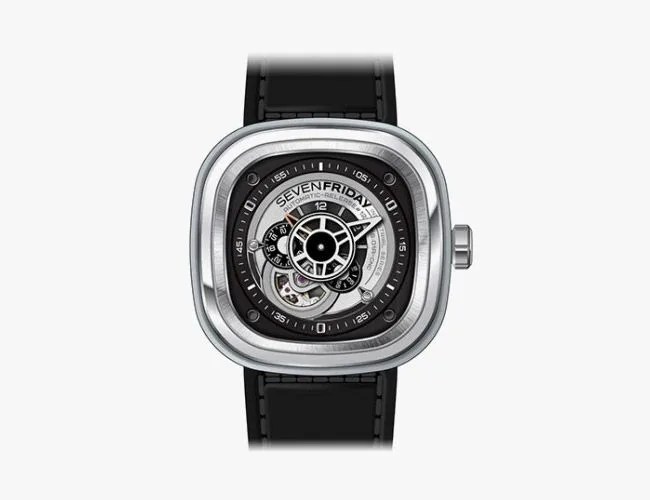
Founded just two years ago, SevenFriday is the youngest company on our list. However, in that short span, their social media presence has grown tremendously; they’re easily recognized by just about any watch enthusiast with an Instagram account. Boasting a three-watch lineup of essentially the same design, SevenFriday brings the flair of an Urwerk’s factory-floor-machinery look but keeps the price around $1,000 thanks to the creative use of an otherwise pedestrian Miyota movement. The P1 ($992), their stainless steel reference, is not for the timid at 47 millimeters square. But at its price level, you’d be hard pressed to find something more creative and unique.
